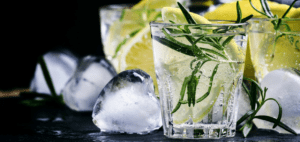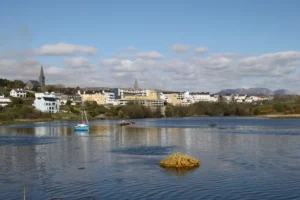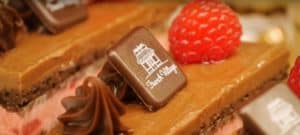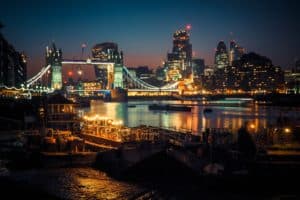20 Legendary Creatures in Celtic Mythology That Resided in Hidden Spots Around Ireland and Scotland
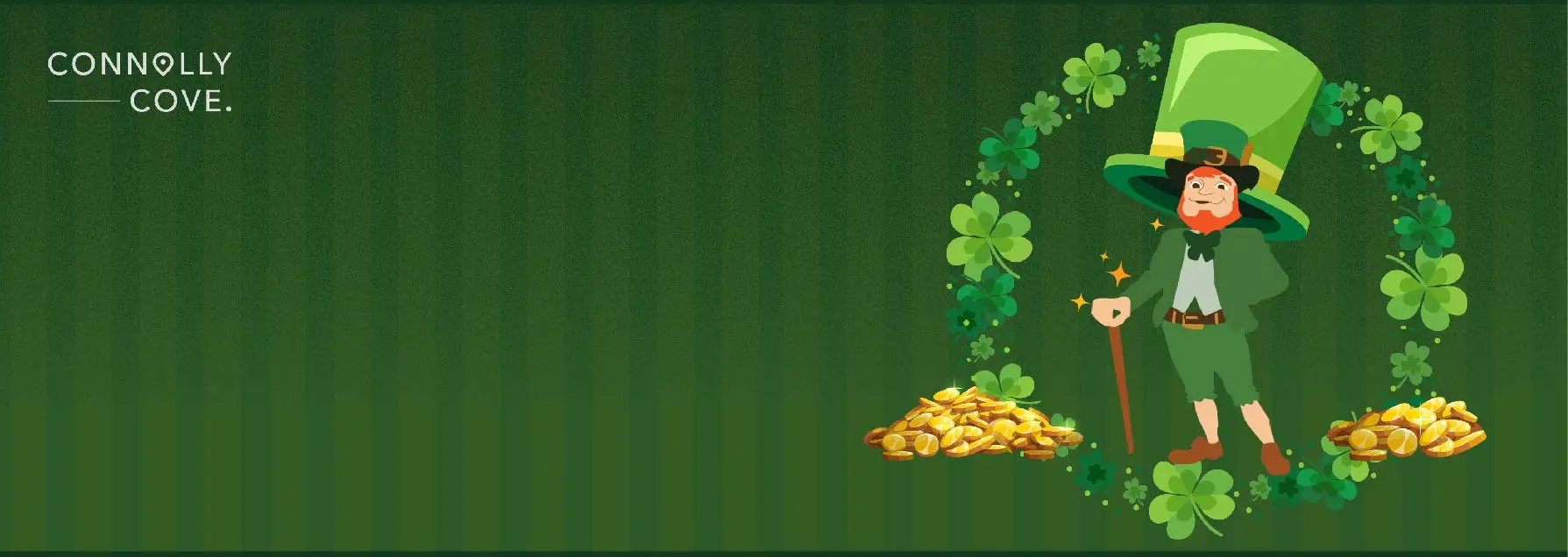
Updated On: April 13, 2024 by Miranne Khaled
For many centuries, magic has always played a part in shaping many belief systems, captivating people’s imagination from all over the world, and the Celtic nations were no exception. They firmly believed in the powerfulness of some enchanting creatures as they did in the fierce warriors who warded off the evil spirits and defeated monsters.
Although the Celts have had their share of real warriors, many had their existence solely within the realms of Celtic mythology, one of the world’s most famous mythologies. Many people mistakenly believe that Celtic mythology exclusively fences in Irish folklore. While Irish folklore is part of it, it spans a broader spectrum, including other countries like Scotland.
The Celtic nation includes Ireland, Scotland, Cornwall, Wales, and Brittany, yet Celtic mythology often refers to only Irish and Scottish folklore. Like any folktale worldwide, Celtic mythology presents a plethora of creatures birthed from the deep parts of human imagination.
Celtic mythology is deeply embedded within the Irish and Scottish cultures, resulting in the association of particular places with these mystical creatures. Those notions kept passing down from generation to generation until the line between reality and myth became blurry. However, let us walk you through Celtic mythology’s most famous and lesser-known creatures and the places they’re associated with.
1. Leprechauns
Leprechauns are little creatures known for their trickster nature, yet they won’t harm a soul if left alone. They’re among Celtic mythology’s most famous creatures deeply rooted in the Irish culture. Folktales say they’re smarter than you think and have a penchant for gold and hiding spots.
It’s also said that they have magical powers, and if you’re fortunate to catch one, they can grant you a wish or two. Their depiction usually includes green attire and big hats, and their association with the colour made them a popular costume that makes an appearance on the renowned St. Patrick’s Day.
Since leprechauns belong to folktales and mythology, there were never records of spotting an actual one. However, some people still believe that these tiny male fairies live in Ireland’s vast green landscapes or on the countryside’s hills.
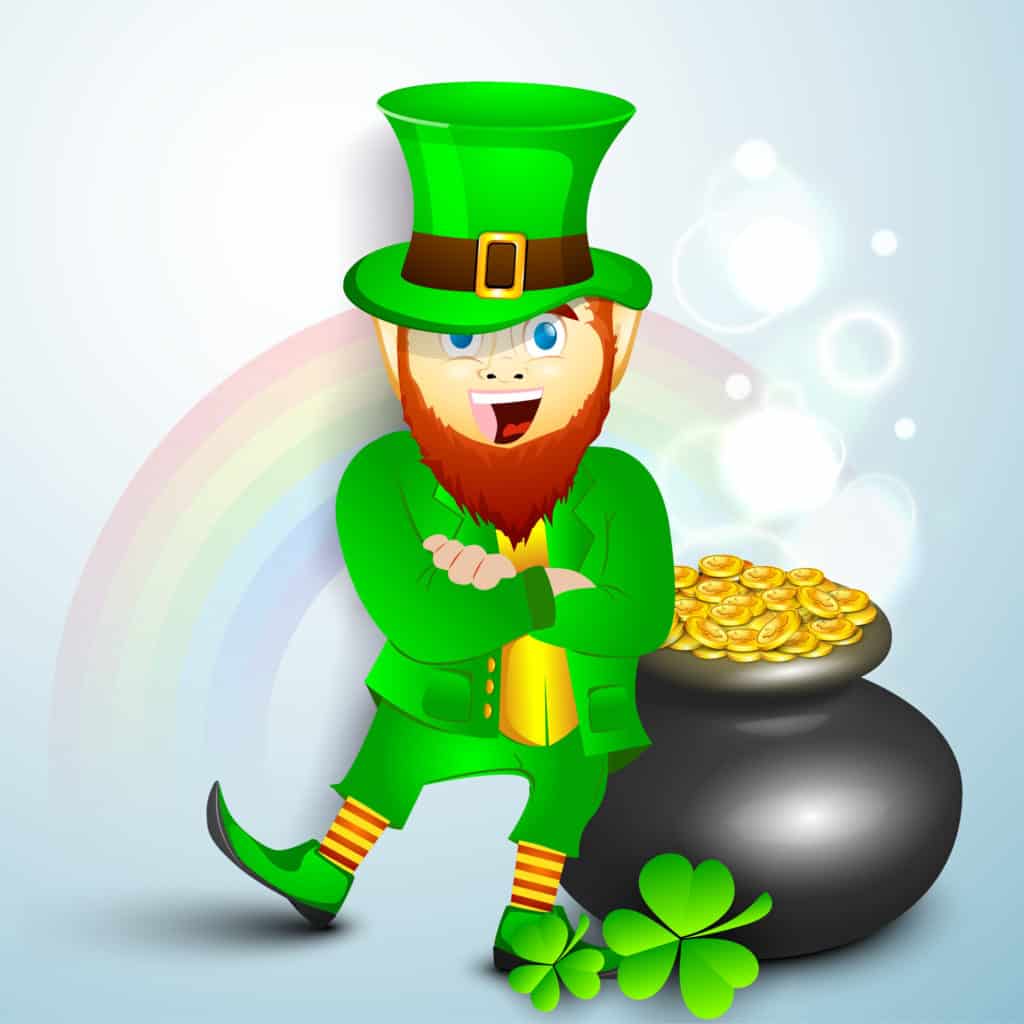
2. Banshee
Banshee is another famous mystical creature in Celtic mythology. However, it’s not among the ones you’d like to encounter or be present where they are, and you’ll know the reason shortly. Banshee is said to be a woman in dark attire. Her role is to mourn and weep as a means to warn someone of their upcoming death.
According to Celtic mythology, the banshee often stands or sits near the home of those expected to die soon. It’s now clear why no one would want to be anywhere near a banshee. Legends have it that a banshee is also rather a spirit than an actual human. The idea of a banshee and how it came into being is an ultimate mystery.
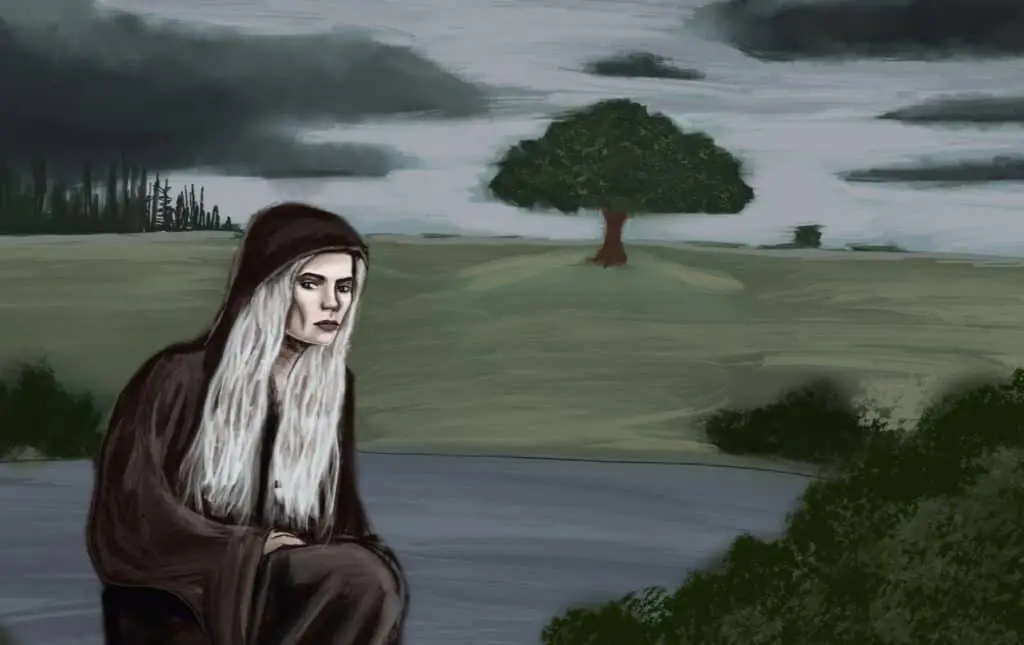
3. Puca
Puca, sometimes spelt pookah, is among those mystical creatures that captivate the eye. Puca is deemed a famous creature in Celtic mythology, with some believing it to be some sort of a goblin. Although shapeshifting is often depicted as a great superpower, others link it to mischief. No folktales have mentioned the Puca more than a creature with a penchant for playing pranks.
It’s the Celtic version of shapeshifters, taking the form of goats, dogs, or horses. In rare cases, it takes the shape of human beings. Thus, it’s believed that you can spot the puca somewhere in a meadow or among the lush trees of the forest. According to folklore, Puca more commonly appears during Samhain, the Irish Halloween, where the barrier between the realms disappears.
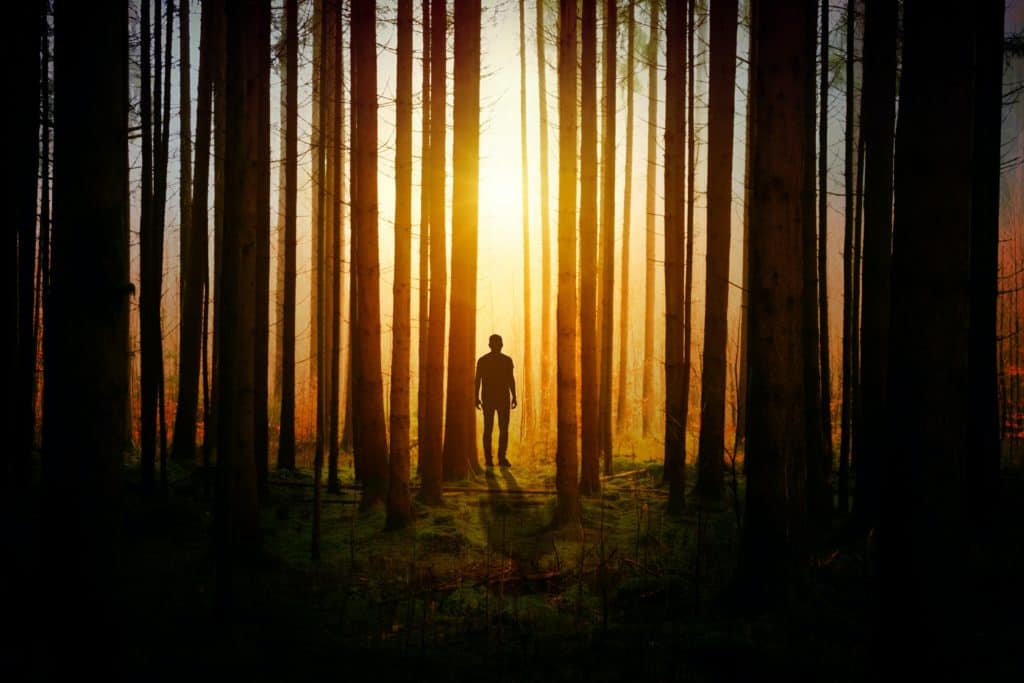
4. Cailleach
Throughout your journey of exploring the mystical creatures of Celtic mythology, there are great chances of encountering the Cailleach. This figure was believed to be a goddess of some form and is a prominent creature in Scottish mythology in particular. Cailleach is instead an entity associated with controlling the seasons, commonly known as the old woman of winter.
Some also refer to her as the ancient hag, giving us a preview of what it may look like. According to folktales, the Cailleach is believed to sleep through the hot months and awaken around fall and winter. Moreover, people associated the Callanish Standing Stones in the Scottish countryside with the goddess Cailleach. They’re centuries-old immense structures that were used for religious purposes.
5. Selkie
One of the wonderfully enchanting creatures of Celtic mythology is the selkie. People often confuse it with the mermaid, given that they’re alluring women living in the sea. However, a significant difference between the two beings is that selkies are often seals when they are in water and shed their skin to become humans when on land. On the other hand, a mermaid is half of each creature.
As the legend says, those who encounter a selkie feel like they’re under a spell and are quite captivated by the alluring beauty of these women. It’s said to be quite similar to the siren in other mythologies. However, folklore tales also profess that selkies, unlike sirens, are benign creatures with no record of harming other beings. The selkies are said to take homes along the coastlines of Ireland and Scotland.
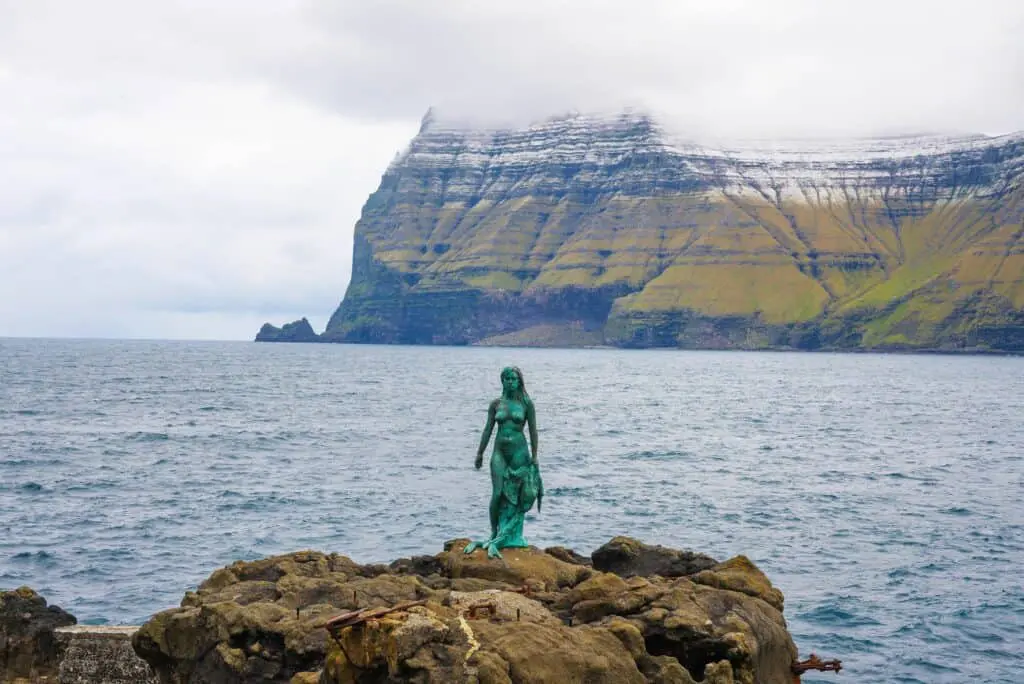
6. Dearg Due
While many creatures in Celtic mythology have benign characteristics and fascinating legends, the Dearg Due isn’t one that will impress you. Dearg Due literally translates to “red bloodsucker”, featuring a female monster with a seductive demeanour. Legends profess that before becoming a vampiress, this lady had a decent life but went down the drain because of greed.
She was the daughter of a wicked nobleman who used her as a chip bargain to get riches and lands by marrying her off to a brutal chieftain. The man was quite abusive, locking the lady up for days until she decided to starve herself to death and died. However, her vengeful soul lingered around, determined to suck the blood of those who wronged her. She then became a monster that lured evil men into her trap by sucking their blood.
7. Merrows
Mermaids are beautiful legendary creatures with enchanting voices and benign nature in our modern world. Merrows in Celtic mythology are mermaids with an attractive appearance, but whether they’re monsters or not has always been debatable. People have always compared merrows to sirens, given their similarities in appearances.
According to ancient folktales and legends, sirens were evil mermaids using their allure and ravishing voices to lure men into death traps. Thus, it’s always been advised to stir clear of them. On the other hand, folktales in Celtic mythology have always painted the merrows in a good light.
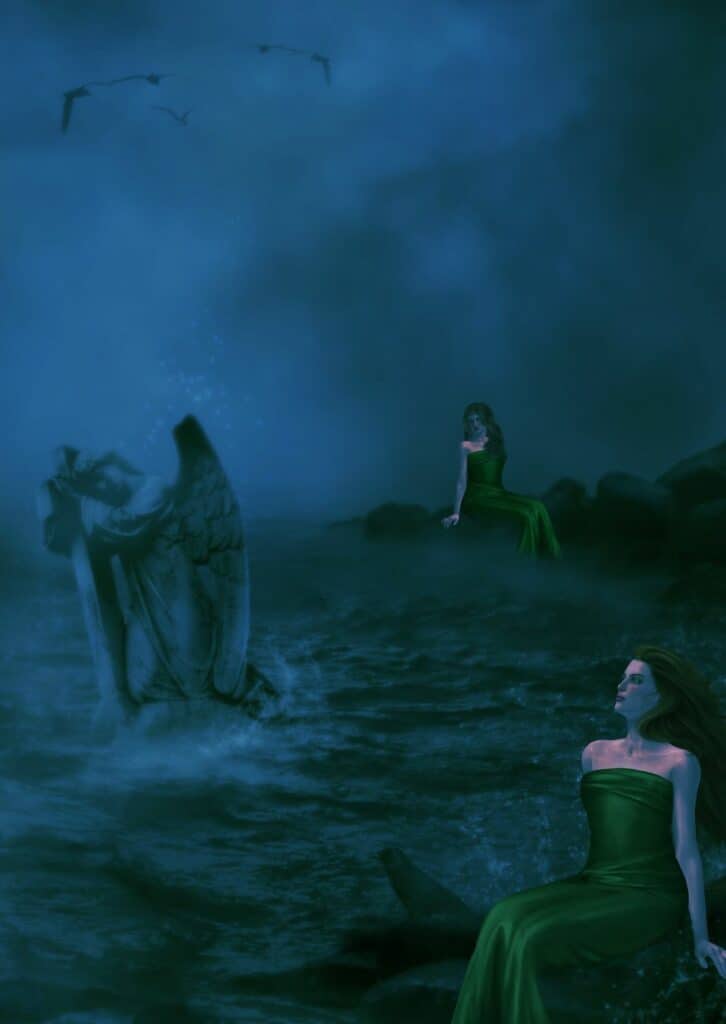
8. Far Darrig
Far Darrig is another prominent figure in Celtic mythology, and it’s usually closely related to the leprechauns. The Far Darrig may not be among the wicked creatures of Celtic mythology, but they’re known to have a mischievous nature. They like to prank human beings by leading them into the woods and then disappearing, leaving them restless and confused.
The appearance of these creatures resembles that of a leprechaun, too, claiming that they’re short male faeries wearing red head-to-toe. Legends also have it that they like to reside in the rural parts of Ireland, which is another similarity they share with the leprechauns.
9. Faeries
In every magical realm, faeries have always been part of this world. Celtic mythology is no different, it embraces a wide array of whimsical creatures, and faeries are the most known among them all. They play a considerable role in Celtic folklore, especially Irish lore, and are commonly tiny-bodied ladies who offer kindness and help.
More interestingly, not all faeries mentioned in the folktales of Celtic mythology were pleasant and delightful. Some of them fall into the dark categories, having hidden agendas and working for their own interest. There’s this concept that all the faeries live in Tir na nOg, the land of the young. Many believe that this land sits across the sea in Western Ireland.
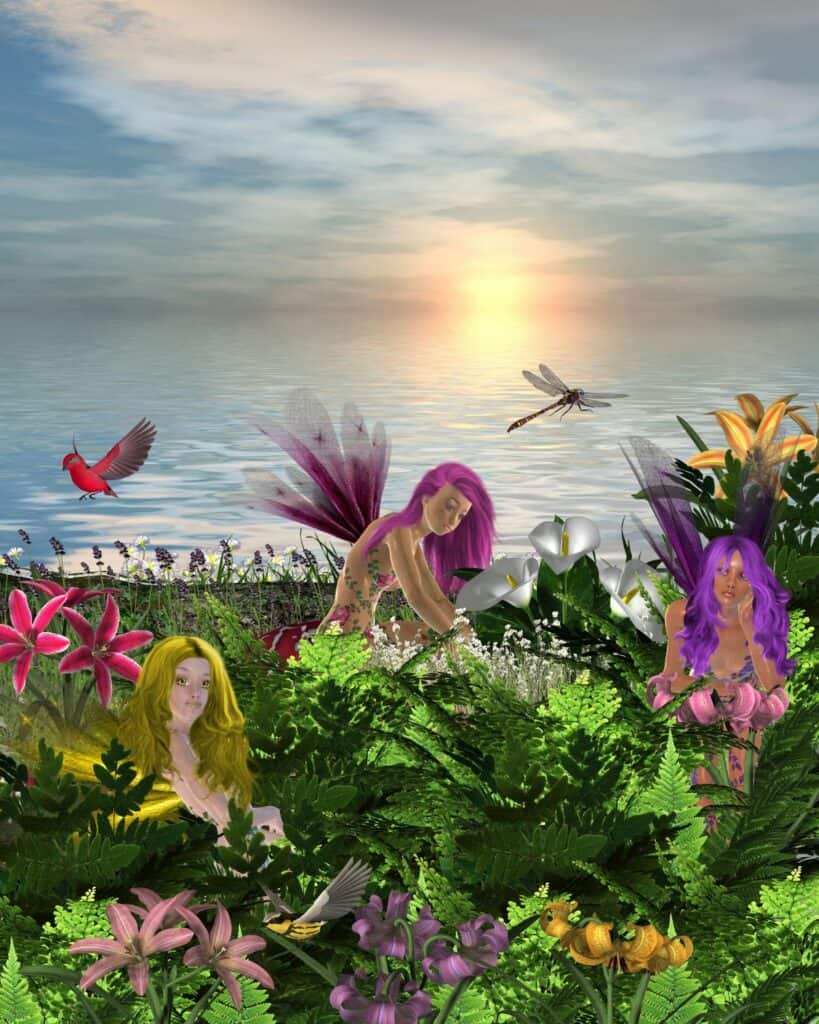
10. Ellén Trechend
Trechend means “three heads, ” which perfectly describes this monster from Celtic mythology that we’re about to divulge its secrets. Ellen Trechend is a dragon-like creature that has three heads and enormous bird-like wings. In folktales, it was commonly referred to as the Triple-headed Tormentor. It has magic powers that include draining the life of its victim by blowing poisonous gas.
This fearsome monster is said to have the ability to hypnotise all those who cross paths with it. It had caused terror across Ireland in ancient times upon its rising from a hidden cave. Interestingly, many have believed that this monstrous creature was actually a female, given its name. Yet, the origin of the term has never been discovered to this day.
11. Kelpie
Many legends of Celtic mythology do claim that monsters reside in the hidden spots of the rural parts of Ireland and Scotland. This brings us to the infamous monster known to roam around the Scottish rivers and lochs, creating a hair-raising ambience for all the creatures, the kelpie. Kelpie is one of the famous monsters in Celtic mythology, with lots of folklore and legends.
Its depiction often includes a body of a horse that wears a gleaming coat that flickers under the moonlight. However, it sounds like a whimsical creature; legends claim that it used its powers to devour humans and drown them in the waters. His shapeshifting powers are said to ease his devouring process, where he tricks unsuspecting humans and lures them into their death traps.
12. Fear Gorta
Fear Gorta is among the less spooky Celtic creatures that emerged during the dire times of famine. It’s among the lesser-known figures of Celtic mythology, also known as the man of hunger, for it appears as a seemingly-weak beggar asking people for food. Those who offered the Fear Gorta food were granted riches and fortunes.
Although it’s now seen as a mystical figure in Irish folklore, it does sound like a concept that people abided by during times of hardship. It kept them generous with the impoverished even when they were in dire need.
13. Fomorians
Fomorians are not demonic or wicked monsters in Celtic mythology; however, they’re said to have spooky appearances that send a shiver down one’s spine upon encounter. Many folktales tell the origins and stories of this supernatural race. They’re supposedly among the early creatures to settle in the Irish lands.
Legends have it that they come from the underworld or the deep parts of the sea, professing that they sought back to the sea upon their defeat. It’s also claimed that their defeat resulted from their war against another magical race that inhabited Ireland in ancient times, Tuatha De Danann.
14. Muckie/Loch Ness
Muckie is another frightening creature lurking in the shadows, waiting for the right strike. Although it’s among the famous creatures of Celtic mythology, many swear to have crossed paths with it in the flesh. It’s said to be the Irish version of the infamous Loch Ness monster from Scottish folklore. They both live in lakes and are quite shrouded in mystery.
According to legends and folktales, the Muckie resides in Ireland’s Lakes of Killarney, which is located in County Kerry. On the other hand, nicknamed Nessie, the Loch Ness monster is associated with the sizeable Scottish lake of Loch Ness. Many photographs document a long-necked creature in the water, claiming that it’s a photo of the real Loch Ness when it’s merely a mystical creature in Celtic mythology.
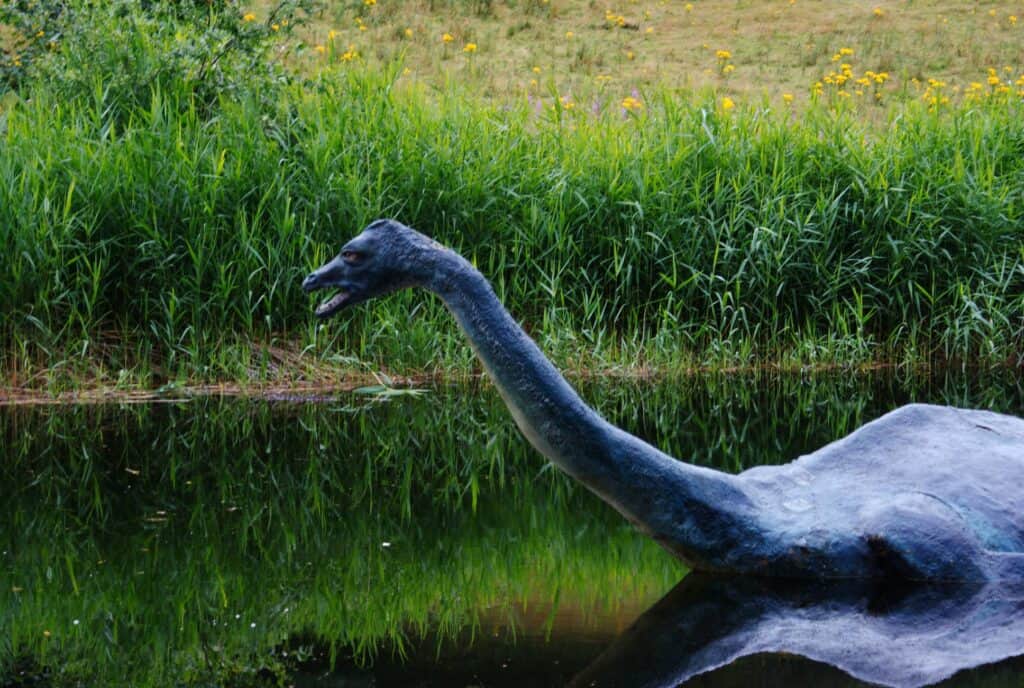
15. Oilliphéist
Well, it seems like the Irish lakes abound with plentiful monsters you would want to stir clear from and stay safe. The Oilliphéist is another monster that lurks in the waters, inhabiting as many rivers and lakes in Ireland. You can learn a lot about this mythological creature, given that it appears in more than a few tales of Celtic mythology.
Some claim it has the appearance of a huge serpent, while others claim that it looks like a dragon. Nonetheless, the fact that it lives in deep dark waters is one that no one seems to debate. According to folktales, the Oilliphéist monsters once plagued Ireland from all corners, yet the day was saved thanks to the mighty Irish warriors.
16. Dullahan
Out of all the creatures of Celtic mythology you’ve read here, nothing will beat the absurdity of the Dullahan. It’s a popular figure in Celtic mythology with many tales and legends and is also deemed a faerie. However, it’s not the usual type of faerie with pixie dust and overjoys. On the contrary, the Dullahan is a male faerie with a side darker than you imagine.
It has a creepy appearance, taking the form of a beheaded rider always roaming while on a black horse. Legends say you can only cross paths with this hideous creature at night. And, while it causes no harm to those he encounters, you still wouldn’t want to meet him. This creature has a lot of magical powers, yet his ability to foretell the future remains on top. Besides, if the Dullahan calls out your name, there’s no turning back; you drop dead instantly.
17. Abhartach
No matter how old you get, this terrifying tale of the Abhartach never ceases to send a shiver down one’s spine. It’s a tale about the vampire of Ireland and one of the most powerful creatures in Celtic mythology, the Abhartach. Interestingly, Abartach or Avartagh is an Old Irish word for dwarf. That fierce vampire was rather a dwarf wizard, yet he’s not to be underestimated.
The Irish Dracula lived in Northern Ireland, in the area of Glenullin particularly. When he died, he was buried in what’s referred to as ‘The Giant’s Grave”, located in Slaghtaverty Dolmen. Interestingly, this Celtic dwarf managed to escape from his grave, sucking blood and causing hazards. The only way to keep this creature inside his grave is for him to be buried upside down with a huge rock on top to save the world from his atrocities.
18. Bánánach
We’re back again to petrifying creatures of Celtic mythology, and, this time; we’re casting light over the creepiest of them all, the Bánánach. These creatures are commonly known as Irish demons, although they’re often depicted as beings with goat-like heads and not spirits. Moreover, Bánánach were usually both male and female demons, yet folktales have traditionally spoken of females more often.
According to mythological stories, Bánánach were demons that haunted the battlefield, hovering over the warriors and longing for bloodshed. It’s also said that they produced annoying screeching sounds. Some believed that they were somehow similar to the Valkyries of Norse mythology. However, Valkyries weren’t demons but rather kind souls who guided the fallen Vikings to their Valhalla.
19. Sluagh
The Sluagh are doomed creatures and the petrifying ones with so much anger. According to Celtic mythology, they’re the souls of people who are neither welcomed in heaven nor hell. Thus, they were left to roam the lands of the Earth with nowhere to go. They’re also called the Host of the Unforgiven Dead, the Under Folk, or the Wild Hunt.
These damned spirits are said to live in the rural areas of the Irish and Scottish countryside. They’re pretty furious with their fate; thus, they slaughter anyone they come in contact with without warning. Different versions claim that the Sluagh were rather faeries that turned into wicked creatures and ultimate sinners.
These creatures are considered pretty thin, and their bones are visible, sticking out of their flesh. They also have mouths resembling beaks and weird-looking wings that help them fly. The worst part is that their magical power is being able to locate those who call out their name. So, make sure you don’t read their name out loud unless you want to be hunted down.
20. Bodach
Bodach is another bizarre creature in Celtic mythology that quite resembles the very idea of the boogeyman. Its appearance is distorted, with no detailed description of its appearance. All we ever knew about him was being a man. Besides, it’s that creepy creature that parents use to smack their kids into line.
That’s pretty much the same thing in Ireland, but Scotland seems to have a different opinion. In Scottish folklore, the bodach is an older man married to the old woman of winter, the Cailleach. Although he’s painted as a malicious creature, the Bodach is only used as a cautionary tale to scare kids into behaving. There were no records in Celtic mythology regarding the bodach other than that.
Celtic mythology may seem like a huge collection of fairytales and legends. However, it’s quite profound and can offer a rich understanding of the history and culture of Celtic nations. If you want to delve deeper into this unique realm of mystical creatures, now is the time to do so!


